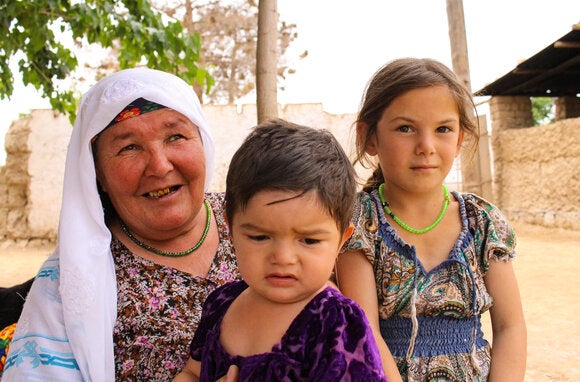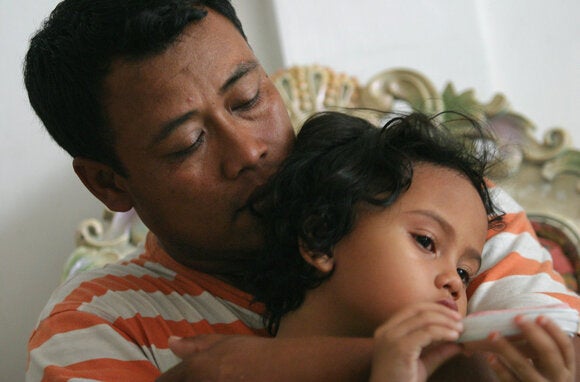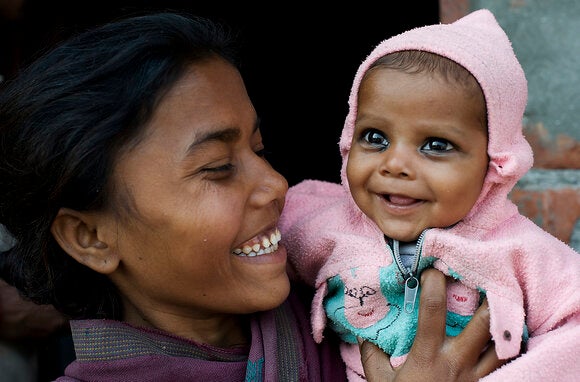
This page contains documents and other resources related to children's care in Asia. Browse resources by region, country, or category.
This page contains documents and other resources related to children's care in Asia. Browse resources by region, country, or category.




Displaying 151 - 160 of 1869
Orphanage trafficking involves the recruitment and/or transfer of children to residential care institutions for a purpose of exploitation and profit. It typically takes place in lower- and middle-income countries where child protection services systems are highly privatized, under-regulated, and primarily funded by overseas sources. Orphanage trafficking crimes are poorly understood, often go undetected and are rarely prosecuted- even in countries where its occurrence has been well documented.
This briefing paper draws on data and findings from the Insights into the World of Privatized Faith-Based Residential Care Facilities in Myanmar research report.
This briefing paper draws on data and findings from the Insights into the World of Privatized Faith-Based Residential Care Facilities in Myanmar research report.
South Korea experienced international scrutiny over its irregular intercountry adoption practices in the 1980s. However, it eventually came to be viewed as a model of transparent and efficient adoptions. This façade disguises an orphan adoption system that has become entrenched over the decades. Today, adoptees continue to lobby for their right to origins. This paper explores South Korea’s laws and policies, which nullified the rights of adoptees, and it calls for receiving countries to assume co-responsibility to restore these rights.
LIFE inside an orphanage is an emotional roller-coaster—“always testing the tested”—Musaib says without blinking an eye. The orphan yet to observe his 18th birthday narrates his nightmare that comes to haunt his stay in the house of orphans. The nightmare starts with an Azaan that suddenly turns into a resounding scream. A siren-wailing ambulance can be heard next in that dusk hour. It unsettles Musaib who leaves his prayers and embraces his mother tightly.
11.5 months, home-based in Italy with monthly field travel
The internalizing behavior problems (IBPs) of left-behind children (LBC) due to parental migration are a widespread public health concern in China. A previous study showed that the detection rate of behavioral problems in the Hui was far higher than in the LBC of the Han nationality. However, to date, limited research has focused on IBPs in Chinese LBC of the Hui nationality. The aims of this present study are to explore the prevalence of IBPs and the influencing factors among the Hui LBC in the rural areas of China.
This toolkit developed by Plan International Asia-Pacific Regional Hub serves as a practical compendium of programming guidance for practitioners, and contributes to accelerating efforts to end child, early and forced marriage and unions (CEFMU) by 2030, in line with the Sustainable Development Goals (SDGs).
Despite high risks en route and upon arrival, Rohingya movement to Malaysia continues. This snapshot focuses on the specific risks facing Rohingya women and children before leaving Myanmar or Bangladesh, during their journey, and upon arrival in Malaysia. MMC Asia has been conducting survey with Rohingya in Malaysia since January 2019 in order to better understand their migration experiences. This snapshot contributes to building a solid evidence base to inform targeted responses that improve protection for Rohingya refugees and inform advocacy efforts related to movements to Malaysia.
The Chinese government is weaving an even stronger protection net for women and children, with a resolute stance voiced and tough measures pledged against human trafficking.